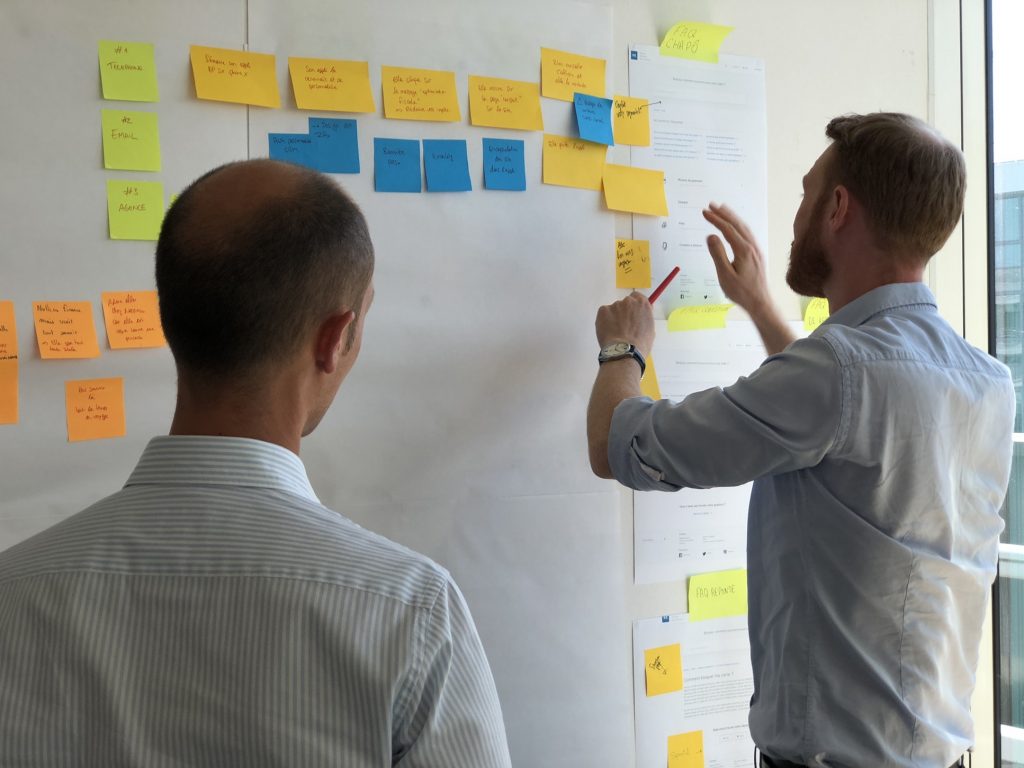Source:- analyticsinsight.net.
The term big data stands for an extremely voluminous set of data, which can expose connections, trends, and patterns in the behavior of the target group. In the education sector, data analysis can change the way the teacher teaches and the students learn.
A single educational institution receives a great deal of information on a daily basis. It gets details about attendance, engagement, and test results. Students rate professors, provide details on their socioeconomic status, and share their satisfaction with the education they receive. Through practicable methods of data collection and analysis, schools can start providing more personalized education.
Are you interested to learn about the practical implementation of big data in education? We’ll list seven of its most dramatic effects.
7 Ways How Big Data Is Changing Education
1. Data Analytics Boosts the Effectiveness of Learning
Through the learning process, the educator receives all kinds of data for an individual learner. They get test results, personal evaluations, attendance records, health issues, learning disabilities, types of questions the student frequently asks, and other types of information. The teacher progressively analyzes this data, so they can adjust the learning process towards an individual’s needs. This is the type of learning personalization we’ve been working towards for a very long time.
Personalized learning leads to greater engagement of the student. The teacher understands their level and offers additional instructions and resources to push them forward. They also try various methods of teaching and examining the student, so they will figure out what works.
2. Universities Will Be More Effective in International Recruiting
Each university holds an impressive volume of data from previous applications. By analyzing this data, recruiters can single out the countries and schools that send the most successful applicants. With such information, they can be more efficient in allocating funds towards effective recruitment.
In addition, the university’s recruitment office can analyze student data on a global level. They have access to standardized test results. They can identify the countries whose students hold better potential.
3. Big Data Helps Students to Set Career Goals
The teacher or advisor can analyze data to create a performance report. If it shows that this student is a talented artist, the report will recommend them to pursue a career in that field.
That’s what career advisors have always been doing, right? Yes, but they used to draw conclusions after brief interviews and grade evaluations. Now, they have access to big data. It will show that the student is a talented artist, but it will also show that they are good at math and physics. So the recommendation may be more specific. Data analysis enables the advisor to recommend a very specific career direction. For the student from this example, architecture would work well.
4. Universities Can Reduce Dropouts
Let’s say a university professor wants to know how many of their students bought papers online. A survey or interview won’t offer reliable data. No student would admit buying content from professional services. In this case, the professor can turn to data analytics. They can use Google Keyword Planner to see results for related search phrases. How many students from that city search the phrase “write an essay for me” on Google? How does that number compare to the searches from other college towns?
The professor will include other types of data in this analysis. How many students are late with project submission? How’s the attendance and how does it compare to other courses? What about the drop-out rates for that course? The professor can compare them to data from previous years and recognize a negative trend.
Such information helps professors and colleges to identify the reasons for dropouts. They can offer help with academic writing or any other problematic aspect of learning. They can also revamp the course programs to make them more engaging.
5. More Accurate Student Evaluation
Can a single test or paper show one’s real understanding of a matter? No. Maybe the student got blocked. Some students can’t write well, but they are brilliant at solving practical problems. Others experience severe exam anxiety, which doesn’t allow them to give their best during examinations.
The dashboarding trend changes things. Teachers don’t solely rely on tests and papers when forming grades. They rely on observations. They observe the situation in the classroom and add real-time data in their dashboards. They track a student’s progress from every aspect. With that, the teacher can form a realistic grade that truly reflects the learner’s knowledge.
6. Improved Decision-Making Processes
It’s clear that teachers and schools need big data to analyze results and predict trends. When they have access to all this information, they won’t make guesses.
Instead of trying to think of reasons why the students don’t make progress, they will dig into data and identify precise factors. Then, they will make changes that eliminate obstacles and encourage the learners to move forward.
7. Improved Student Results
All data that teachers get gives them insights into a student’s behavior on the long run. They can put their results in context, so they will understand what factors influence them. Test results aren’t the only indication of success. The teacher can also observe the amount of time the student needs to answer a question. They can see what types of questions give them trouble.
In addition, they can compare the preparation process between students. They will identify the types of sources the most successful students use. Then, they can recommend similar preparation techniques to the entire class.
Big Data Is a Big Challenge
Data analytics is a complex process. Most teachers aren’t ready to start collecting and analyzing data. We’ll need to focus on education, so we can enjoy all benefits that this trend can provide. All we can say is that the trend is not going anywhere. It will be increasingly present in modern education, and it will result with more effective learning and teaching processes.
